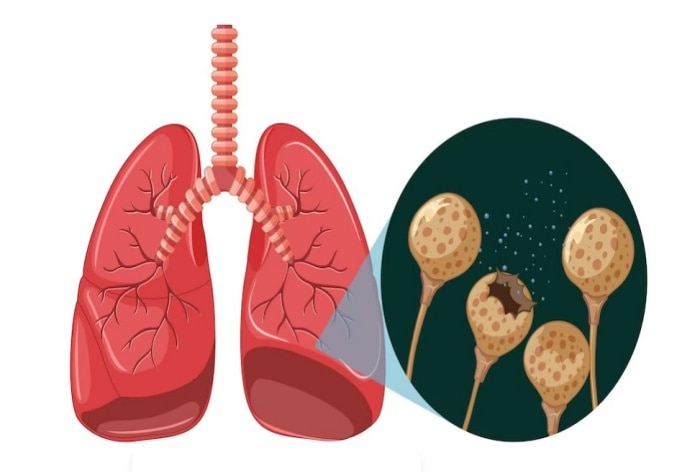There are three stages of tuberculosis and one of them is latent tuberculosis. Here is a medical guide to understanding the symptoms and prevention.
Tuberculosis is a serious bacterial infection that mainly affects the lungs. It is a highly infectious disease that can further affect the kidneys, bone joints, brain, spine, heart muscles, and larynx in case it reaches a severe stage. Various studies indicate that a higher prevalence of LTBI would contribute to a higher incidence and mortality from TB. According to the WHO, it is estimated that approximately one quarter of the world’s population is infected with Mycobacterium Tuberculosis and, on average, between 5 and 10 percent of infected people will develop active tuberculosis disease in their lifetime.
Although there are antibiotics and a course of treatment for TB, 1.5 million people die from TB every year. There are also different stages of TB, which differently trigger or determine the severity of the symptoms of this contagious disease. According to Mayoclinic, there are mainly three stages of TB and each stage has different symptoms.
latent infection: After primary, comes the stage of latent Tb. At your stage, the germs are already inside but our immune system creates a firewall. Therefore, these TB germs cannot really affect the body and can be detected with a skin test or X-ray. There are no real symptoms of it.
10 important things to know about tuberculosis
- Latent TB is a condition that occurs after a person is infected with the TB bacterium, M. tuberculosis, but does not show TB symptoms. The TB bacteria are dormant in the body and this phase can last for a long time, even decades. In active TB cases, the TB bacteria reproduce and spread in the body, causing tissue damage.
- People with LTBI do not feel sick and do not spread the disease.
- Although most infected people do not manifest the disease, they are at high risk of developing an active infection and therefore represent a reservoir of TB bacteria.
- Many people with high immunity affected by LTBI can normally resist the bacteria and prevent it from multiplying. However, if dormant TB bacteria become active in the body, the person will develop an active TB infection.
- Several factors can influence the progression from latent TB to active TB disease, such as close contact with people who have active TB, HIV infection, malnutrition, drug use, cancer, diabetes, and a weakened immune system. Among people with latent TB infection, HIV infection is the strongest known risk factor for progressing to TB disease.
Treatment and prevention of tuberculosis
The two most widely used tools to detect cases of latent TB are the tuberculin skin test (TST) and the interferon-gamma release assays (IGRA). However, the TST has low specificity and low sensitivity, as it also shows positive results for those who received the BCG TB vaccine, while the IGRA is expensive and requires specialized instruments, trained personnel, and laboratories. Aside from sensitivity issues, neither the IGRA nor the TST can reliably differentiate between active TB disease and LTBI, nor can they predict LTBI reactivation.
TB preventive treatment (PTT) is offered to people who are considered to be at risk of developing TB disease. It consists of a cycle of one or more anti-TB drugs. TPT is only given to people who are infected with the TB bacteria or who are at increased risk of developing TB disease.
LTBI management should include LTBI case follow-up, efficient diagnostic methods, safe and effective treatment, and monitoring.
(With IANS entry)
$(document).ready(function(){
$(‘#commentbtn’).on(“click”,function(){
(function(d, s, id) {
var js, fjs = d.getElementsByTagName(s)[0];
if (d.getElementById(id)) return;
js = d.createElement(s); js.id = id;
js.src = “//connect.facebook.net/en_US/all.js#xfbml=1&appId=178196885542208”;
fjs.parentNode.insertBefore(js, fjs);
}(document, ‘script’, ‘facebook-jssdk’));
$(“.cmntbox”).toggle();
});
});
